Tags: Stars
White Dwarf Pulsar Spinning 300 Times Faster Than Earth Reveals New Details About Stars’ Evolution

Hot Jupiters May Not Always Be Alone: New Research Challenges Isolation Assumption, Unveils Surprising Exoplanet Companions

5th Brightest Star 'Vega' To Shine Visibly on All Evenings of May; Here's How and Where You Can Watch It
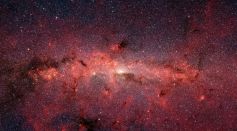
Galactic Bubbles Surrounding the Milky Way: New Evidence of Their Properties Provide Information To Study History of Stars
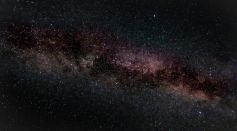
Mysterious Streak of Stars Might Be a Flat Galaxy and Not a Runaway Black Hole, New Study Suggests

Remnants of the Earliest Stars in the Universe Found in Distant Gas Clouds That Contain Chemical Fingerprints of the First Supernova
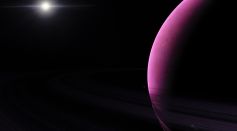
Planets Orbiting Metal-Poor Stars More Likely To Host Life as They Are More Protected From Harmful UV Radiation

Dark Exoplanets: Scientists Claim There Could Be Planets Made of Dark Matter Orbiting Stars
AI Reveals First Stars Were Formed in Clusters, Not Born Alone [Study]
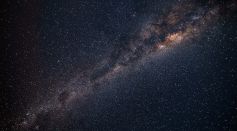
ESO's VISTA Telescope Captures Ethereal 9-Gigapixel Picture of Milky Way Galaxy, Revealing 84 Million Stars

Stars Forming at Faster Rate in Milky Way Galaxy Than Previously Thought, Study Reveals

'1 in 10 Billion' Twin Stars Could Cause Massive Kilonovas Blast; What Are Kilonovas and How Are They Different From Other Cosmic Explosions?

Universe's First Stars Were Supermassive With Weight of 100,000 Suns, Astronomers Reveal

6 Billion Earth-Like Planets Could Be Filling the Milky Way Galaxy, Astronomers Say
New 3D Map of Local Bubble Reveals Its Magnetic Field Structure That Will Help Examine Superbubbles in Novel Ways
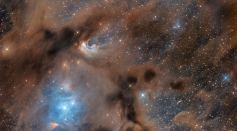
NASA's James Webb Space Telescope Sent Back Images of the Coldest Region in the Universe Where Stars and Planets are Born

Hubble Space Telescope Captures Young Stars in Tempestuous Moods About 1,450 Light-Years From Earth

Ultra-Cool Binary Stars Almost Touching Each Other Take Only 20.5 Hours to Orbit Due to Their Close Proximity
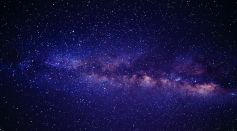
Radio Signals Picked up From Far Galaxy Could Make Probing Through Farther Systems Possible

Astronomy Catalog Reveals the Presence of 3.3 Billion Celestial Objects Across the Milky Way Galaxy
Most Popular

How AI Is Used in Weather Prediction: Smarter Forecasting Through Machine Learning

De-Extinction vs. Conservation Science: Which Approach Protects Biodiversity Most Effectively?

Geoengineering and Climate Intervention Science: Can We Really Engineer a Cooler Planet?

The Future of Clean Tech: Exploring the Next Generation of Renewable Energy Breakthroughs




